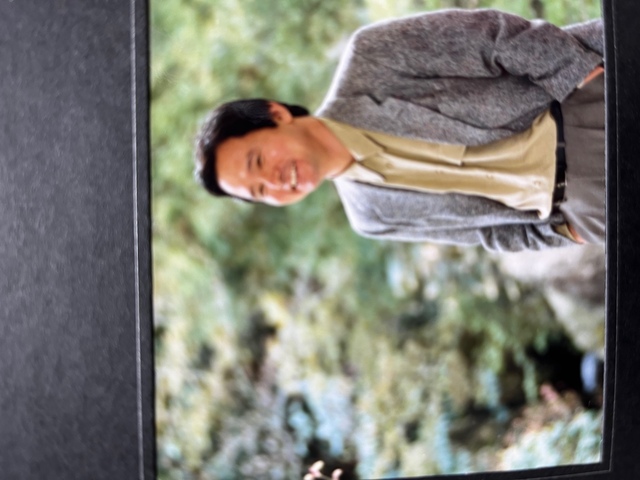The following is from the paper published by Mr. Toyota Matsuoka, the first section director of the JAPAN ELECTRIC POWER INFORMATION CENTER entitled 'China has ambitions of world domination by nuclear power plant' in the monthly magazine WiLL this month issue.
Readers who read this paper will find that it is not an exaggeration to say that the Asahi Shimbun and NHK's coverage against nuclear power plants and coverage against atomic power plants reactivation were also to profit China.
Furthermore, if they consider the solar power generation they praise and the fact that a considerable part of their panels is occupied by Chinese or Korean, their evil or anti-Japanese is extreme. ... It is even more so that it can be said with the amount of electricity that accounts for 3% out of the current 11,000 kW total generated power in Japan as already mentioned.
The reader who came up to this chapter should have thought of how much it was smiling at China, absolutely against nuclear power plants such as the Asahi Shimbun and NHK, anti-nuclear reactive reporting of the nuclear power plant.
China's challenge can be characterized by a wide range.
On the contrary, it will be noticed that it is not an exaggeration to say that funds were brought in from China against the anti-nuclear power movement.
The following is the continuation of the previous chapter.
Next-generation reactors to tackle variously
Regarding technology development of the next-generation reactor, interest is high not only in Japan but also in the world, and Russia is steadily making progress, but China's challenge can be characterized by a wide range.
Abbreviation.
Besides, in a traveling wave reactor (TWR), Terra Power established in the United States by Microsoft Bill Gates and others and CNNC signed Memorandum of Cooperation in 2015.
Obligation
The following is from the article of Sankei Shimbun on 2014/9/18.
In response to Bill Gates' action, I think that the voice of indignation from Japan should have risen, it is an article found by searching on the net.
Japan's next-generation nuclear reactor excited Bill Gates, stagnant in a nuclear accident. In China etc. hot chase 'be fatal.'
'Wow!'
Toshiba officials clearly remind them of Mr. Bill Gates, Microsoft's founder, excited.
On 9th November 2009, Mr. Gates visited the ‘Isogo Engineering Center’ (Yokohama-shi), which designs the nuclear power plant in secret.
Gates visited the next generation nuclear reactor ‘4S’ developed by Toshiba as chairman of ‘TeraPower,’ a venture company for the development of next-generation nuclear reactors, which he owns.
4S is small as 10,000 to 50,000 kilowatts, but it is characterized by continuous operation for 10 to 30 years without refueling.
Even if suddenly the power supply becomes unusable, the nuclear reactor stops automatically, safety is high such as naturally cooling the reactor core.
Ozaki Akira of Toshiba Electric Power System Company Nuclear Operations Division says, ‘At the present time construction of a practical reactor is technically possible.’
Next generation nuclear reactor called ‘traveling wave reactor (TWR)’ where TeraPower advances development is a mechanism very similar to 4S.
In addition to being able to operate without refueling for up to 100 years, maintenance in the furnace is almost unnecessary, and the nuclear reactor naturally stops in an emergency.
Members of Gates and other TeraPower acclaimed that ‘Toshiba's 4S was the most innovative in studying nuclear energy so far.’
Toshiba and TeraPower have confidentiality agreements, and details are unknown, but Toshiba officials confessed that they are considering diverting 4S technology to TWR.
This draft continues.















